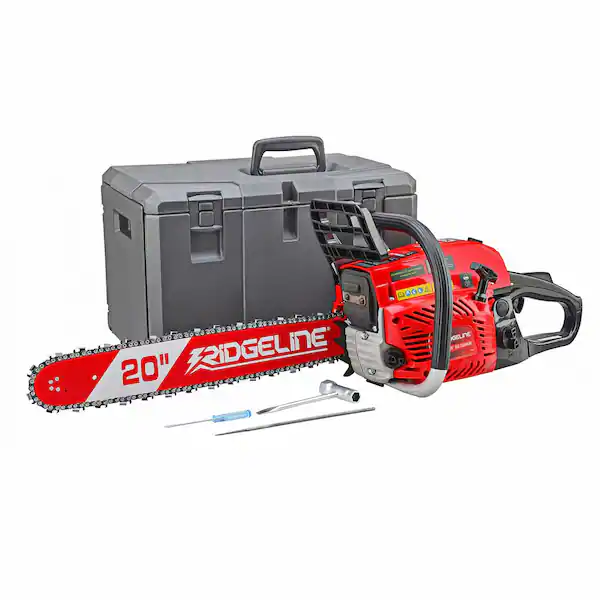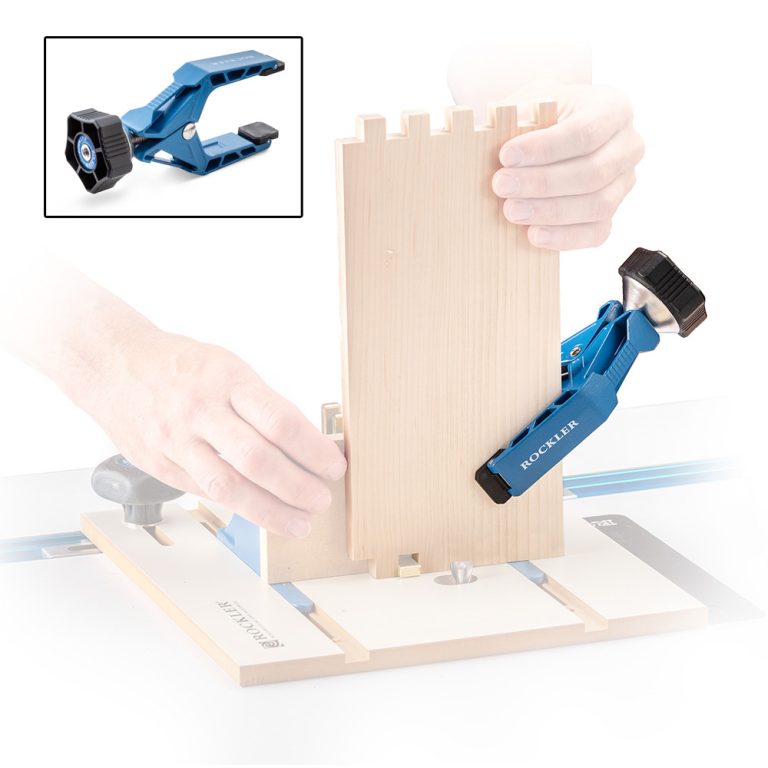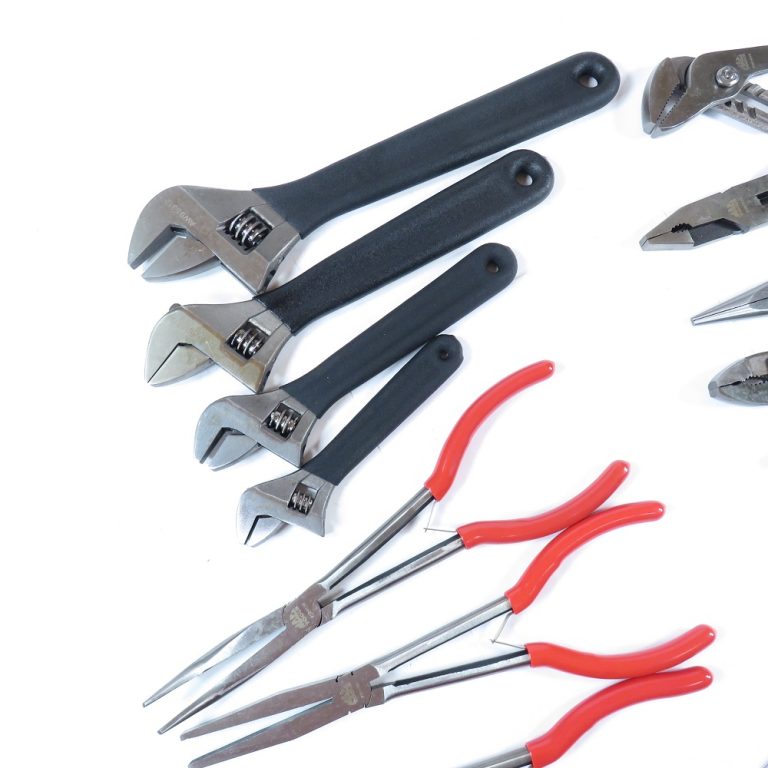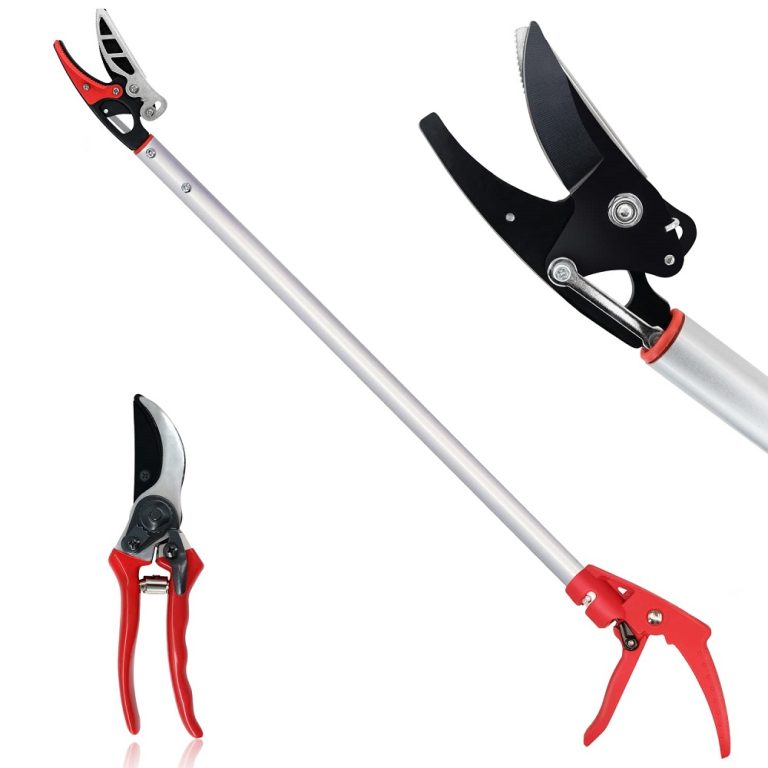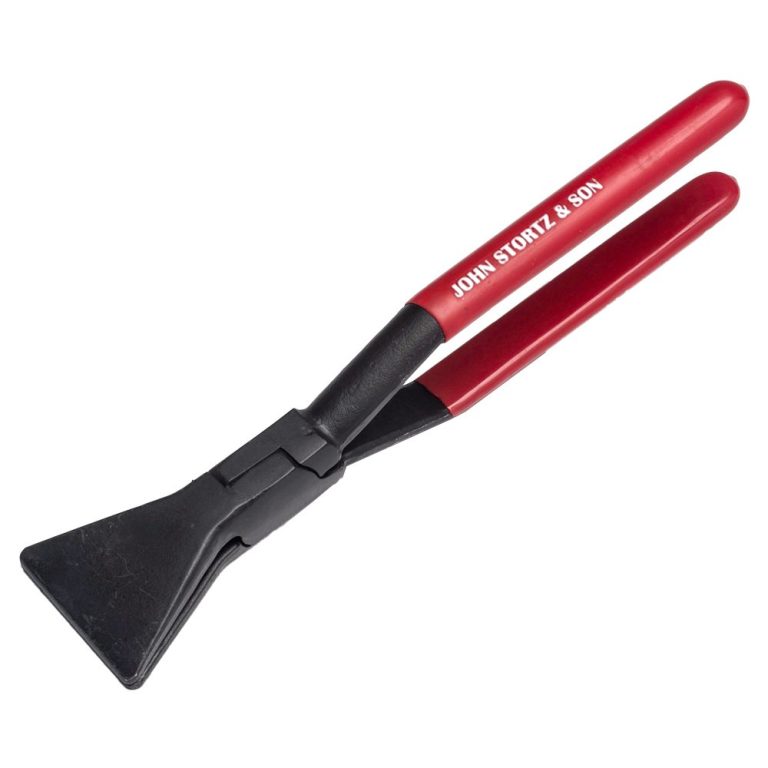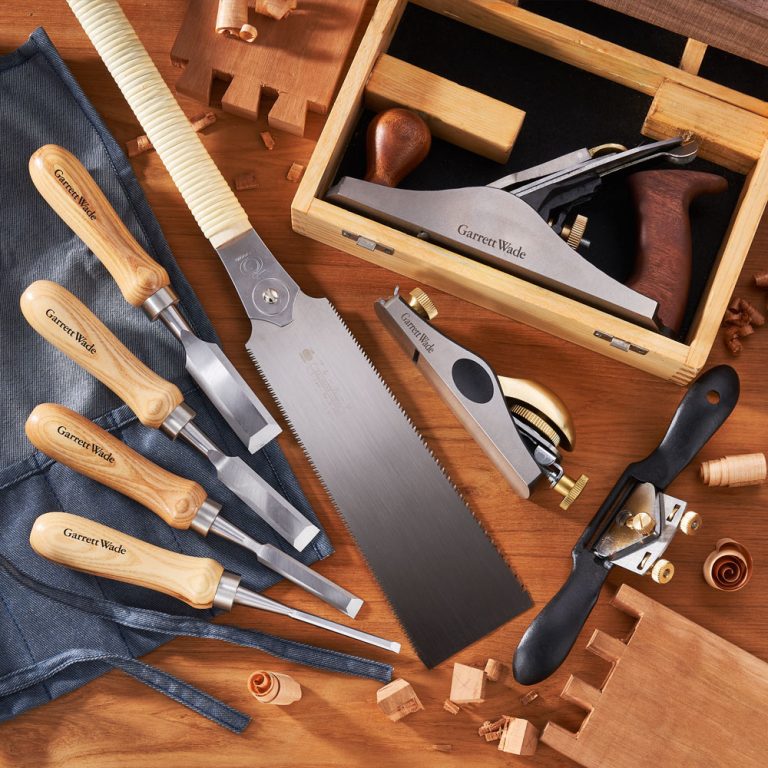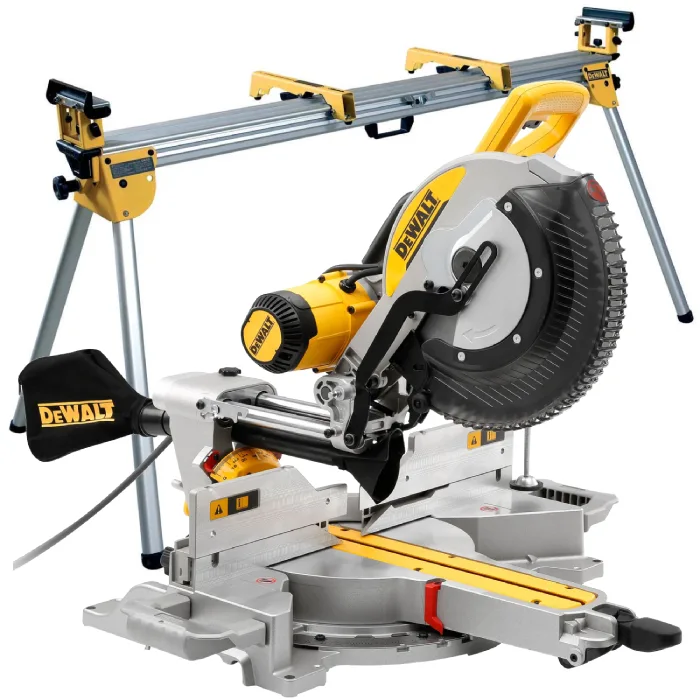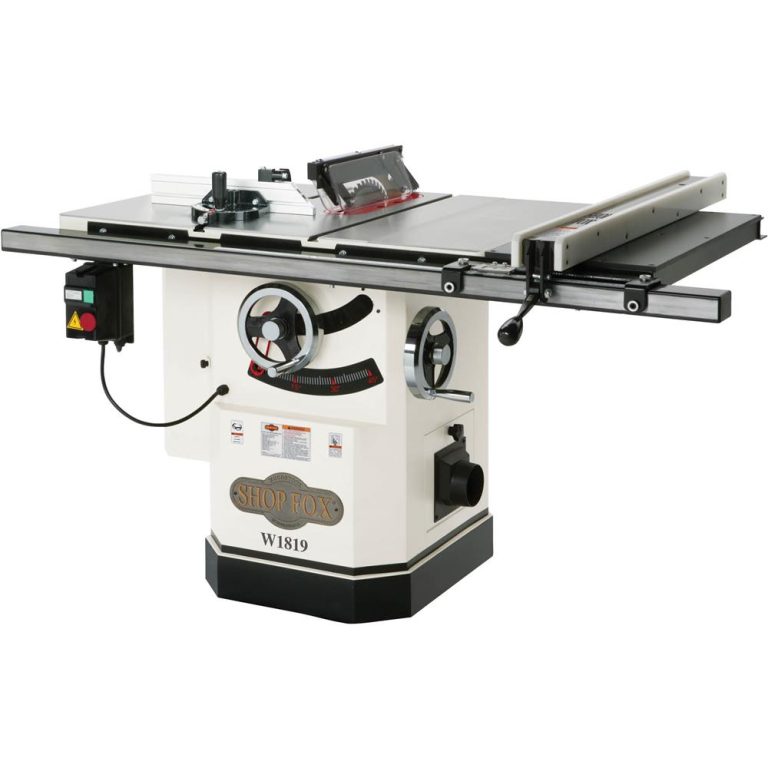The Evolution of Gas Chainsaws
The gas chain saws of today owe much to their predecessors. Early models were heavy and unwieldy. Yet, they laid the groundwork for modern innovations. Over the years, these tools have become lighter, more powerful, and easier to handle. In the 2020s, we saw significant leaps in efficiency and ergonomics. As we approached 2025, manufacturers began to focus on cleaner combustion. They worked to reduce emissions without compromising on power. The gas chain saws of 2025 are a testament to this evolution.
Designs have streamlined, and electronic ignitions have become standard. Anti-vibration features are now more sophisticated. They ensure comfort even during extended use. Autonomy has improved with fuel-efficient engines. These engines make use of every drop of gas. Safety has also become a bigger priority. Features like chain brake, low-kickback chains, and better hand guards are commonplace.
Consumer needs have driven this evolution. Users demand tools that are not only reliable but also convenient and safe. Feedback has led to the implementation of tool-free tensioning systems. These systems allow for quick adjustments without additional tools. Even as electric models gain popularity, gas chain saws retain their edge. They offer unparalleled power for demanding tasks. The journey of the gas chain saw is one of adaptation and advancement. It continues to be the tool of choice for professionals and homeowners alike.

Gas Chain Saw Safety Features in 2025
Safety is paramount when working with gas chain saws. In 2025, these saws come with advanced features to keep users protected. Here, we’ll explore what these safety features entail and how they contribute to a safer sawing experience.
Enhanced Chain Brakes
Modern gas chain saws feature improved chain brakes. These brakes stop the chain instantly in a kickback scenario. A kickback is when the saw is thrust back towards the user, which can be dangerous. The speedy response of the chain brake is crucial to prevent injuries.
Low-Kickback Chains and Bars
Manufacturers design chains and bars to reduce the risk of kickback. The chains have specially constructed links. The bars are also tailored to guide the chain more smoothly. Together, they offer more control and stability.
Better Hand Guards
Hand guards have become more robust and ergonomic. They shield the hands from debris and accidental contact with the chain. The enlarged guards also provide a stable grip for improved handling.
Tool-Free Chain Adjustments
Tool-free tensioning systems are now standard on gas chain saws. Users can adjust the chain’s tension quickly and safely. There’s no need for a separate tool, reducing the risk of mishandling.
Vibration Dampening Systems
Long periods of saw use can lead to fatigue. This is due to the vibrations from the engine and cutting action. Advanced anti-vibration systems help to negate this effect. They ensure that the vibrations don’t transfer to the user, making the sawing job less tiring.
Exhaust Heat Shields
Gas chain saws now come with exhaust heat shields. These shields protect the user from accidental burns. They also help to dissipate heat away from the saw’s body.
Auto-Oiling Systems
Regular lubrication is essential for the chain’s lifespan and safety. Auto-oiling systems keep the chain lubricated during use. This feature prevents overheating and reduces wear and tear. It also makes the chain less prone to snapping.
Manufacturers have truly focused on user safety in the gas chain saw designs of 2025. They have integrated features that make operation secure without compromising power or performance. Every feature mentioned above is a step towards ensuring that users can perform their tasks confidently and safely.
Top Gas Chainsaw Models for Homeowners
Homeowners looking for gas chain saws in 2025 have great options. The market offers saws that blend power with user-friendly features. Here are some top models that stand out for their performance and ease of use.
Stihl MS 251 Wood Boss
This model is a favorite for its reliability and power. It’s ideal for cutting firewood and managing property. The MS 251 has a fuel-efficient engine and a comfortable handle.
Husqvarna 455 Rancher
Husqvarna’s 455 Rancher is known for its durability. It has a powerful engine perfect for heavy-duty jobs. An auto-tensioning system makes maintenance a breeze.
Echo CS-400
The Echo CS-400 offers a perfect balance of power and weight. It’s easy to start and features an anti-vibration system. This makes it a solid choice for longer tasks.
Poulan Pro PR5020
With the PR5020, Poulan Pro delivers a cost-effective solution. It has ample power for home use and an easy-to-use chain tensioning system.
These gas chain saws stand out for their combination of power, ease of operation, and safety. They are suitable for various home tasks, from pruning to felling small trees. When choosing a gas chain saw, homeowners should consider their specific needs. They should also factor in the saw’s weight, power output, and safety features. These models represent the best of what 2025 has to offer. They meet the standards of power, convenience, and safety the modern homeowner expects.
Professional Grade Gas Chainsaws
For professionals who rely on gas chain saws, performance is non-negotiable. These users require saws that stand up to extensive use and demanding conditions. Professional grade gas chain saws are built with this in mind. They deliver high power, prolonged engine life, and robust designs. The features we see in 2025 further enhance their usability.
Robust Engines for Heavy-Duty Use
Professional gas chain saws come equipped with high-output engines. These engines deliver the torque necessary for cutting through tough wood tirelessly. They’re designed for continuous operation, with cooling systems that prevent overheating.
Advanced Anti-Vibration Systems
Professionals spend hours with their saws. Therefore, advanced anti-vibration systems are crucial. These systems significantly reduce fatigue, allowing for longer periods of work. The reduced strain on the user’s arms and hands is a boon for daily operation.
Durable Construction Materials
Top manufacturers use premium materials. These materials ensure the saws withstand rough environments and repeated use. From high-strength plastics to reinforced bars and chains, every component is made to last.
Efficient Fuel Management
Fuel efficiency is as important as raw power. The best professional gas chain saws have engines that maximize every drop of fuel. They balance performance with running costs, making them more sustainable for frequent use.
Easy-Access Maintenance Points
Maintenance is key for performance. Professional models feature accessible air filters, spark plugs, and tensioning systems. These designs speed up routine maintenance, minimizes downtime and keep the saws at peak condition.
Professional landscapers, arborists, and forestry workers depend on their gas chain saws. The models available in 2025 meet their demanding needs. They provide power, durability, and ergonomic features. All this adds to a product that delivers on the job, every time.
Key Features to Look for in a Gas Chainsaw
When shopping for gas chain saws, key features make all the difference. Here’s what you should keep an eye on:
Power and Engine Displacement
Choose a saw with enough power for your tasks. Check the engine’s CC rating for a good indication.
Bar Length
The bar length should suit the size of wood you’ll be cutting. A longer bar can handle larger trees.
Weight and Ergonomics
A lighter saw reduces fatigue and is easier to handle. An ergonomic design helps too.
Start Mechanism
Look for a saw with an easy-start mechanism. This saves time and reduces frustration.
Fuel Efficiency
Go for an engine that’s good on gas. It should deliver power without wasting fuel.
Noise Level
Quieter saws are more comfortable to use. They also cause less disturbance to others.
Safety Features
Don’t compromise on safety. Prioritize models with excellent safety features like chain brakes and hand guards.
Remember, evaluate how each feature aligns with your needs. Balance performance, comfort, and safety when choosing the right gas chain saw for your toolshed.

Maintenance Tips for Gas Chainsaws
Proper maintenance of gas chain saws is crucial for performance and longevity. Here’s how to keep yours in top condition.
Keep the Chain Sharp
A dull chain makes cutting difficult and can be dangerous. Sharpen it regularly for the best results.
Clean the Air Filter
A clogged air filter affects the engine’s performance. Clean it after every few uses to maintain power.
Inspect the Spark Plug
A faulty spark plug can cause starting problems. Check and replace it if necessary to ensure smooth ignition.
Lubricate the Engine and Chain
Keep the engine oiled to reduce wear. An auto-oiling system can help maintain the chain’s lubrication during use.
Check for Damaged Parts
Regularly look for signs of wear or damage. Replace any broken parts promptly to avoid safety hazards.
Store Correctly
When not in use, store your gas chain saw in a dry, clean place. Prevent rust and keep it out of harsh weather.
Stabilize the Fuel for Storage
If storing for a long period, add a fuel stabilizer. This will prevent the gas from degrading the engine parts.
Tighten Loose Components
Before use, check all bolts and handles. Tighten anything that’s come loose to prevent accidents.
Following these maintenance tips will help ensure your gas chain saw remains safe, efficient, and ready for any task.

The Environmental Impact of Gas Chainsaws
With the rise of environmental awareness, the impact of gas chain saws has become a focal point. These powerful tools, while unmatched in their efficiency for heavy-duty tasks, come with an ecological footprint that is increasingly scrutinized.
Emissions and Air Quality
Gas chain saws emit pollutants during operation. These emissions, which include carbon monoxide and hydrocarbons, contribute to air pollution. Manufacturers strive to design engines with cleaner combustion to counter this issue. Yet, the very nature of a combustion engine means some level of emissions is inevitable.
Noise Pollution
Apart from air pollution, gas chain saws also produce significant noise. This can affect both human and animal habitats. Quieter electric models have emerged as alternatives. But for many professional tasks, the power of gas saws is still preferred.
Fuel Consumption
Gas chain saws require fuel derived from crude oil, a non-renewable resource. The extraction and refining of oil have their own environmental consequences. This is why fuel efficiency in these saws is not just a cost issue, but also an environmental one.
Biodegradable Chain Oil
One positive step is the use of biodegradable chain oil. This reduces the impact on the environment when the oil comes into contact with the soil.
Recycling and Disposal
Finally, the end-of-life disposal of gas chain saws presents another eco-challenge. Recycling parts can mitigate waste. But often, environmental considerations don’t take center stage in the disposal processes.
While gas chain saws remain indispensable tools for many, their environmental impact cannot be ignored. Advancements in technology may help to offset some of these issues. However, the push for sustainable practices continues as part of the broader effort to protect our planet.
Price Comparison and Value for Money
When investing in gas chain saws, price comparison and value for money are critical. Here’s what to consider:
Price Range of Gas Chainsaws
Gas chain saw prices vary widely. Entry-level models can be quite affordable. However, high-end, professional saws might cost significantly more. Look for a saw that fits your budget while meeting your needs.
Cost vs. Performance
Cheaper models might not provide the long-term value that pricier ones do. Balance the initial cost against the saw’s features, durability, and power.
Comparing Brands
Different brands offer different price points. Stihl and Husqvarna are typically on the higher end. Brands like Poulan Pro offer budget-friendly options without sacrificing too much performance.
Long-Term Operating Costs
Consider the fuel efficiency and maintenance needs. Saws that consume less fuel and require less upkeep can be more cost-effective.
Resale Value
Well-maintained gas chain saws can have good resale value. This can offset some of the initial costs if you upgrade in the future.Ultimately, the best value comes from balancing cost with your specific requirements. A slightly higher upfront cost for a dependable and feature-rich saw can save money in the long run.
